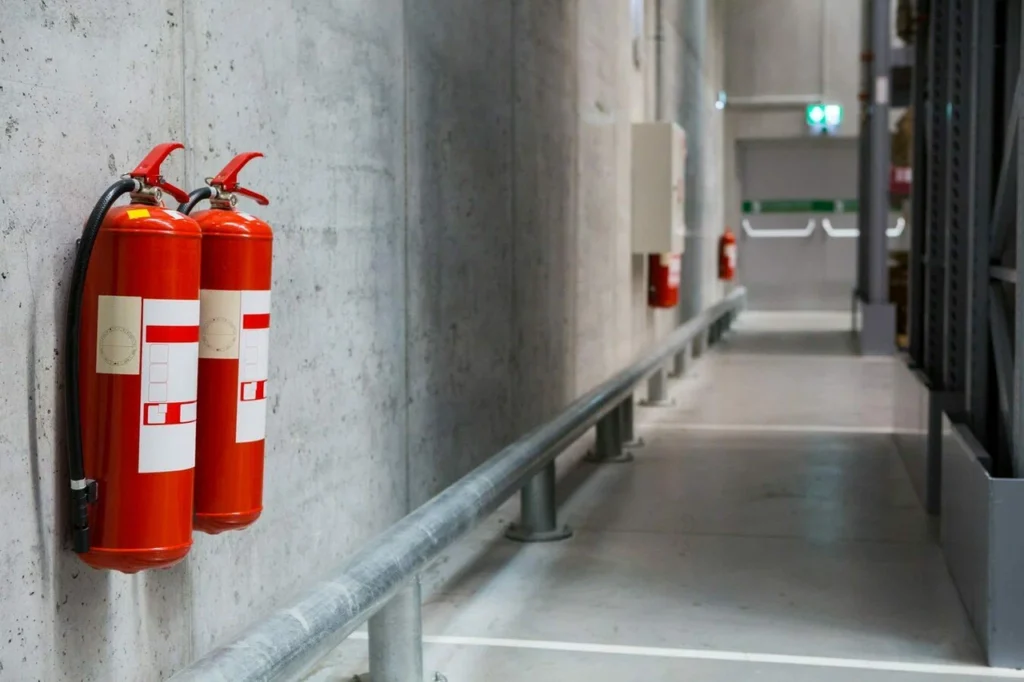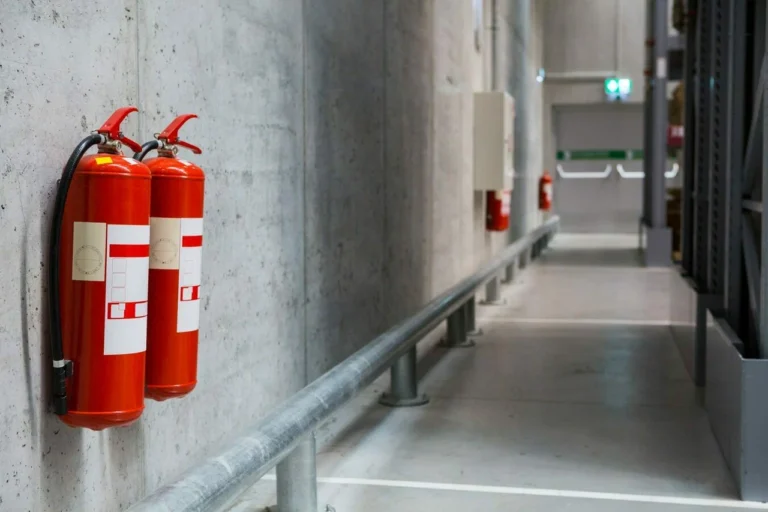
Workplace fires can happen, and usually when we least expect them. Nobody’s planning for accidents. So, it’s the question of being ready. Offices, warehouses, restaurants, and factories all have different hazards, but fire safety awareness is critical in every setting. Understanding the causes and following safety measures can help protect employees and businesses alike. A little preparation goes a long way when it comes to protecting lives and property.
Fire Risks in the Workplace
The most common causes of workplace fires include faulty electrical wiring, overloaded circuits, flammable materials, and kitchen accidents. Even something as simple as a coffee maker left on overnight or a space heater placed too close to paper can lead to disaster. Identifying potential fire hazards and addressing them immediately can make a workplace significantly safer. Regular walk-throughs or inspections can help spot issues before they turn into bigger problems.
Fire Extinguishers and Suppression Systems
Fire extinguishers should be placed in accessible locations throughout the workplace, and employees should know how to use them. Different types of extinguishers are designed for different types of fires, such as electrical, grease, or combustible materials. It’s important to match the right extinguisher to the right fire type. Hands-on training sessions can be especially helpful, making sure that when a real emergency happens, staff don’t hesitate to act.
In some environments, sprinkler systems and fire suppression systems are required by law. These automated systems can help control fires before they spread, buying valuable time for evacuation. Businesses might also consider installing a wireless fire alarm system, which can provide quicker alerts without the need for complicated wiring — especially handy in large or older buildings where retrofitting is difficult.
Emergency Exits and Evacuation Plans
Knowing the nearest exits can save lives. All employees should be familiar with emergency evacuation routes and assembly points. Exits should never be blocked, and doors should not be locked in a way that prevents easy escape. Fire drills should be conducted regularly to ensure everyone knows what to do in an emergency. Taking five minutes to review an evacuation map could make all the difference during a real event.
When conducting drills, it’s important to create realistic scenarios, like blocked exits or simulated equipment failures, to prepare teams for a variety of possibilities. Keeping evacuation plans visible and accessible in common areas is another smart move, so even visitors or temporary staff have quick guidance in case of an emergency.
Safe Handling of Electrical Equipment
Electrical malfunctions are a leading cause of workplace fires. Employees should avoid overloading power strips, inspect cords for damage, and unplug equipment that is not in use. If an electrical appliance or wiring appears faulty, it should be reported and repaired immediately. Sometimes it’s the smallest neglect — a frayed cord or a missing outlet cover — that leads to major incidents.
Businesses should also schedule regular electrical safety checks, especially in high-use areas like kitchens or manufacturing floors. A few simple habits, like switching off unused equipment at the end of the day, can dramatically reduce fire risks.
Building a Culture of Safety
Ultimately, fire safety isn’t just about policies or equipment — it’s about creating a culture where everyone feels responsible for keeping the workplace safe. Encouraging open communication about hazards, celebrating teams who uphold safety practices, and making fire safety part of onboarding for new employees can foster a more prepared and vigilant workforce.
No step is too small for safety; every little detail matters. Whether it’s knowing where the fire extinguishers are located, participating seriously in drills, or simply keeping personal workspaces tidy and free of hazards. Fire safety at work isn’t just a box to tick — it’s a shared commitment that protects everyone.







